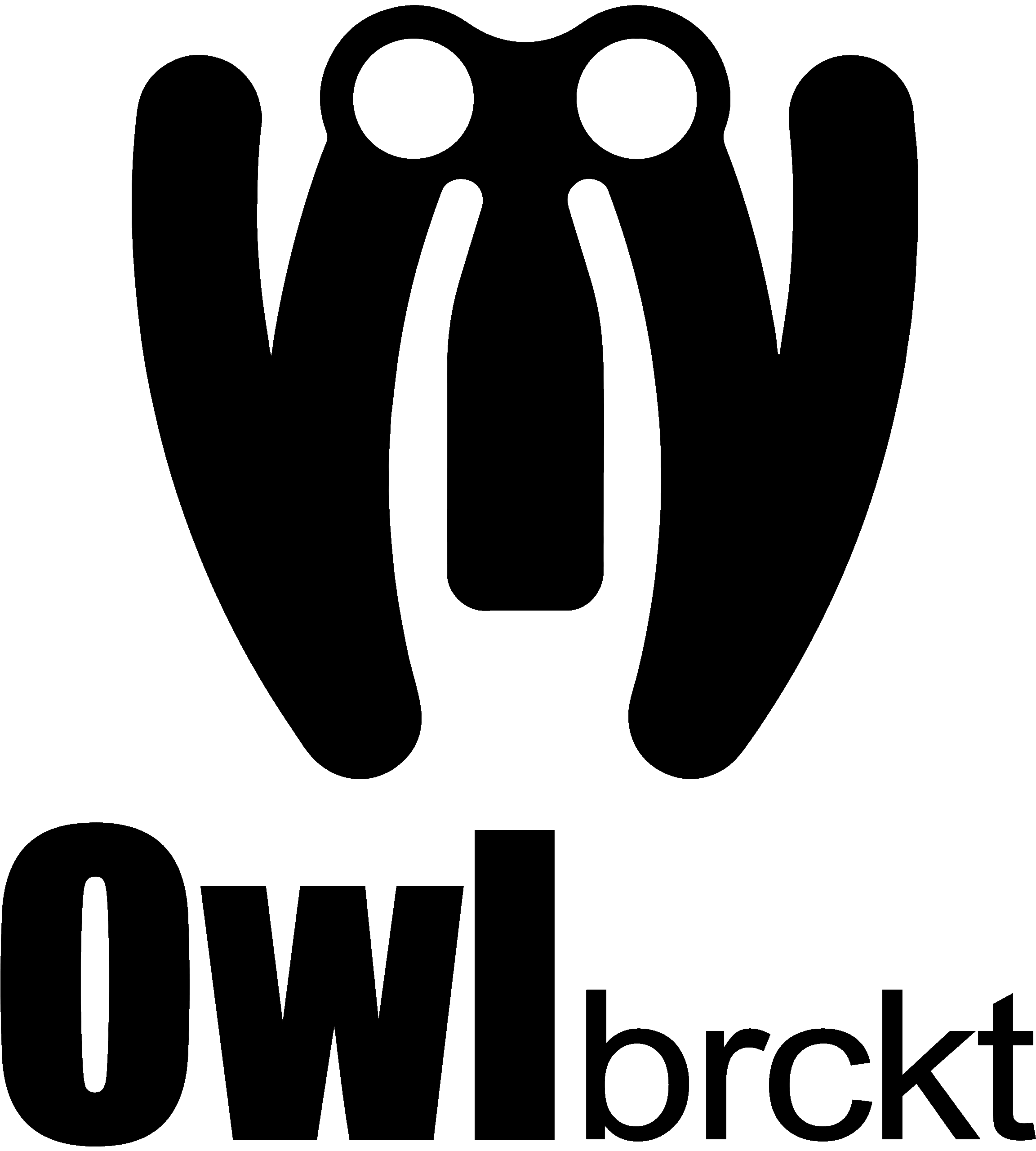Blog
Achieving Accuracy and Consistency in Dental Photography
In photography, accuracy and standardization form the foundation for measurable results.
When it comes to dental photography, especially intraoral images, achieving this consistency is essential for monitoring patient progress and ensuring reliable comparisons over time. From weeks to years, being able to reproduce the same image under identical conditions allows clinicians to evaluate treatment outcomes with confidence.
Eliminating Perspective Distortion
The key to high-quality and repeatable dental photographs lies in eliminating perspective distortion. Even minor deviations in camera angle or positioning can distort the perceived size and shape of teeth, affecting both diagnostic accuracy and aesthetic evaluation.
To achieve repeatable images, we must establish a consistent reference point. The most reliable one is the occlusal line.
When capturing an intraoral image, the occlusal line should appear perfectly straight and positioned horizontally across the center of the frame.
If the camera is tilted too far downward, the occlusal line will curve into a smile shape; conversely, if the camera is angled too far upward, it will appear as an inverted smile. Using the viewfinder grid lines as guides helps maintain alignment and ensures that equal space is visible on both sides of the teeth.
Positioning and Ergonomics
Capturing images while the patient is reclined in a dental chair can be more challenging than photographing them in a seated position. To maintain accuracy and avoid strain, adjust the chair height as needed and ask the patient to slightly turn their head toward you rather than leaning forward yourself.
This protects your posture and keeps the image angle consistent.
Rotate your body to face the patient directly, then align the camera parallel to the occlusal plane before taking the shot.
Oblique and Lateral Views
When shooting oblique or lateral views, the goal remains the same: keep the occlusal line straight across the frame with symmetrical spacing on each side.
For oblique images, ensure that the canine teeth are perpendicular to the camera plane — this angle captures the full dentition without losing the posterior teeth.
If you need a more lateral view, position the first molar perpendicular to the camera plane. This adjustment may require using an alternative cheek retractor to maintain visibility.
Mastering Mirror Photography
Mirror photography presents its own set of challenges. The objective is to keep the entire occlusal surface parallel to the camera plane. During this process, patients tend to gradually close their mouths, even those who are experienced with photography sessions.
Therefore, it’s important to continually remind them to keep their mouths open wide.
If too much of the anterior tooth surface is visible, it indicates that the patient’s mouth is not open enough. For upper arch images, the median raphe serves as a useful alignment reference. The lower arch, however, lacks such a marker — in this case, maintaining equal spacing at the edges of the posterior teeth ensures the image is properly aligned.
Practice Leads to Perfection
In dental photography, technical guidelines are only part of the equation. The real key to excellence is practice.
By regularly refining your positioning, alignment, and lighting setup, you’ll develop a natural sense of balance and precision. Over time, repeatability becomes second nature — and that’s what turns routine documentation into powerful clinical evidence.

